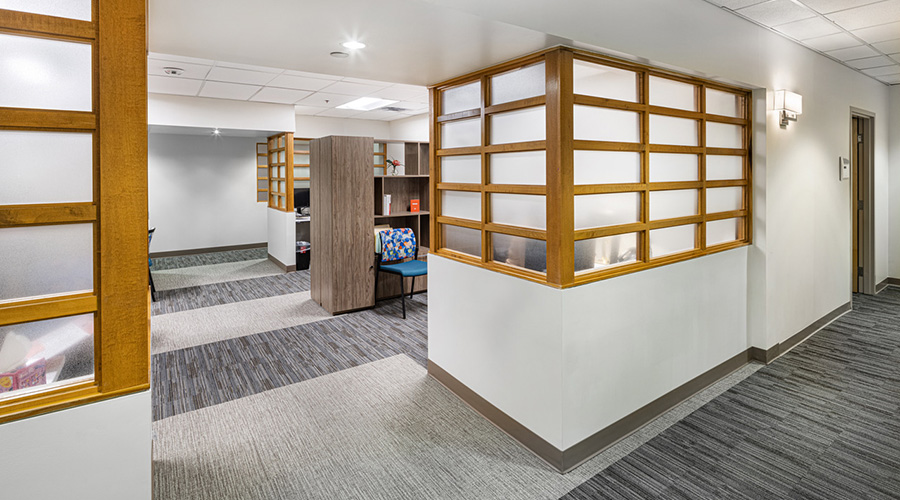Building automation systems (BAS) can be beneficial to healthcare facilities since they automate and streamline many processes. They work by integrating with different processes and systems across a facility to operate them.
A BAS provides control over an entire facility system, according to Dave Rausch, business development manager at Phoenix Controls. This includes aspects such as room-level HVAC conditions, allowing facility managers to assess and adapt the whole healthcare setting’s environment from one platform. Through integrating various aspects of the HVAC system and even observing occupants’ behaviors, a BAS helps facility managers support continuity.
This can in turn affect a patient’s comfort and recovery as well.
“Building automation systems affect the patients more than most people realize,” says Robert Harland, global project manager at Johnson Controls. “They control the security, temperature, humidity and overall comfort of the space. After going through the pandemic, filtration and bringing fresh air into spaces became top of mind for everyone. With building automation systems, you are also able to monitor the quality of your indoor air and identify any pollutants that could be present. You are able to bring in the correct amount of fresh air and clear out any excess pollutants in an efficient manner. It is a simple way to keep patients happy and healthy.”
Additionally, with being integrated into a healthcare facility’s systems, a BAS can even help out with maintenance and management of critical facility infrastructure.
They provide uninterrupted life cycle support and enhance the management/maintenance of critical systems through their advanced control, says Rausch. This enables proactive practices for maintenance, meaning the appropriate staff can receive on-time alerts about potential issues with critical systems, prompting them to respond.
However, any technology is going to come with its own challenges and issues. Depending on the level of automation, facility managers will face different hurdles. One possible obstacle for those in larger facilities is the number of vendors to work with.
“The first step is understanding the building systems and the vendors that you are working with,” says Harland. “If you are working within a larger facility, you could have a handful of vendors that use different programs, systems, products, navigation structures, etc. -- all within the same building or campus. A facility manager needs to understand how to manage these disparate systems. They should create a plan for how each system is implemented, utilized and how staff interact with each system.”
Even with the challenges, a BAS can still prove key to optimizing a healthcare facility’s processes and systems.
Jeff Wardon, Jr. is the assistant editor for the facilities market.

 Code Compliance Isn't Enough for Healthcare Resilience
Code Compliance Isn't Enough for Healthcare Resilience Ribbon Cutting Marks First Phase Completion for New Montefiore Einstein Facility
Ribbon Cutting Marks First Phase Completion for New Montefiore Einstein Facility Brooks Rehabilitation Launches 3 New Major Construction Projects
Brooks Rehabilitation Launches 3 New Major Construction Projects Joint Commission Standards: What Updates Matter Most?
Joint Commission Standards: What Updates Matter Most? Swinerton Completes Construction at Atlanta's Grady Hospital
Swinerton Completes Construction at Atlanta's Grady Hospital